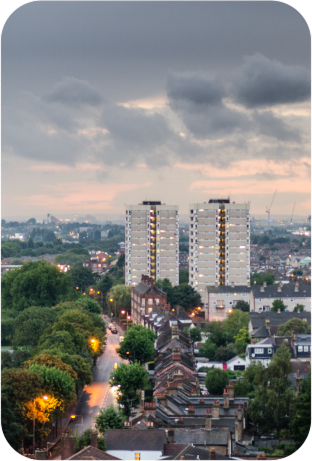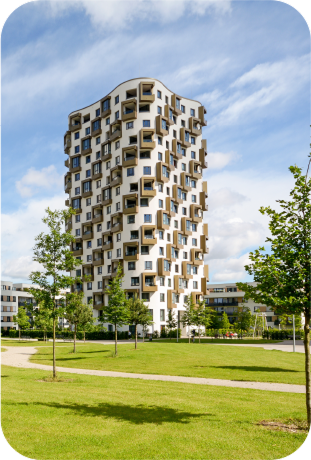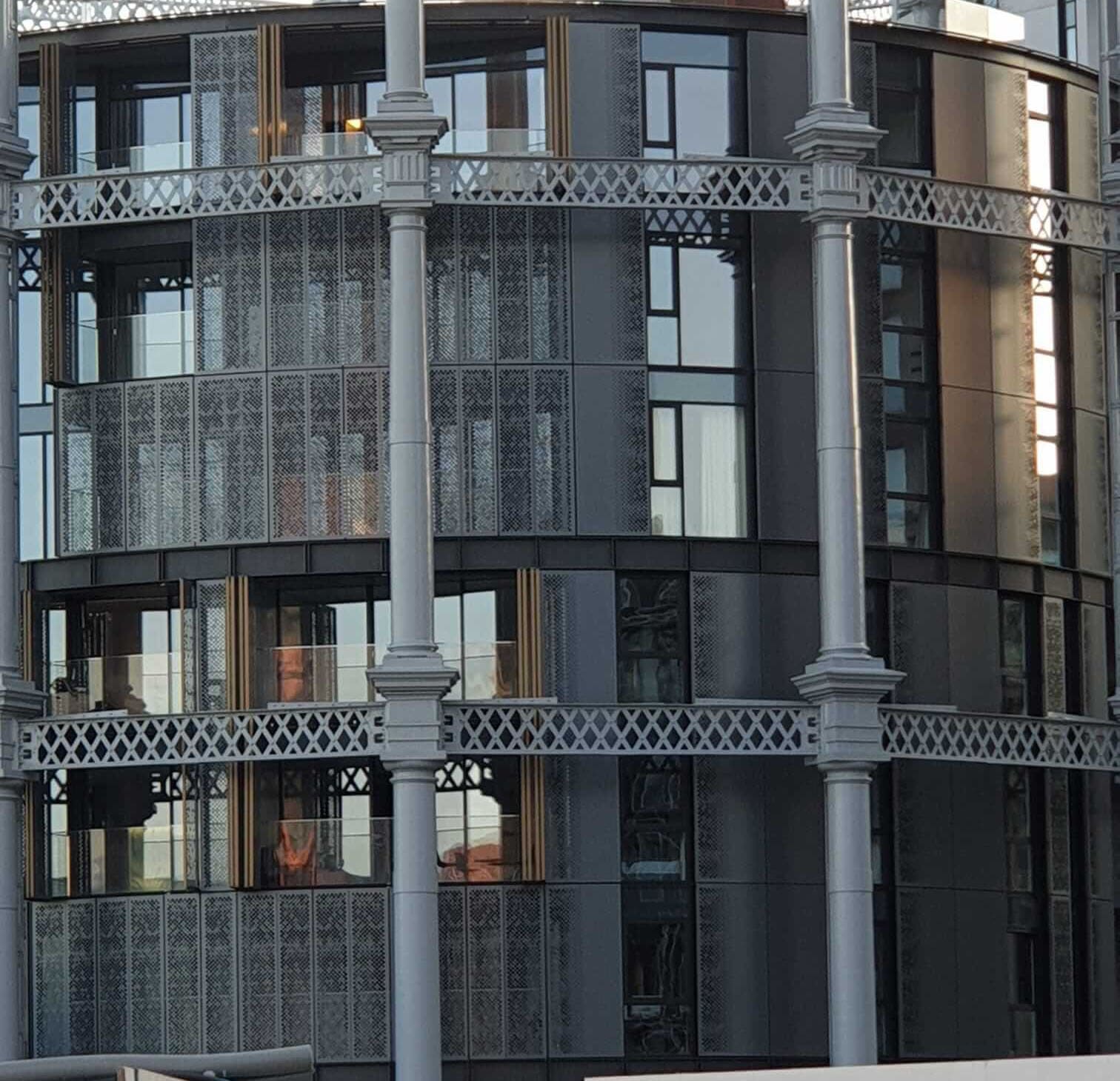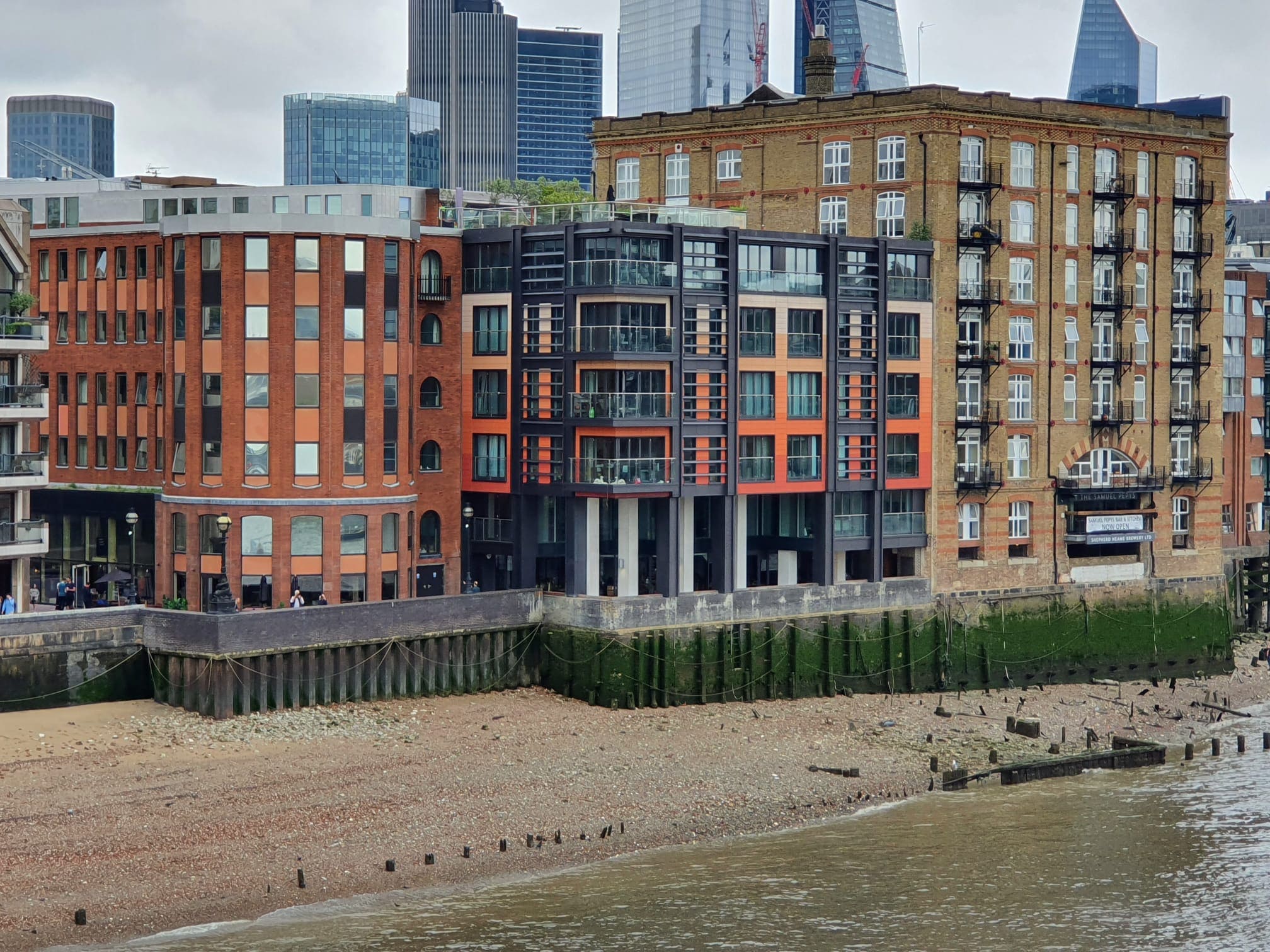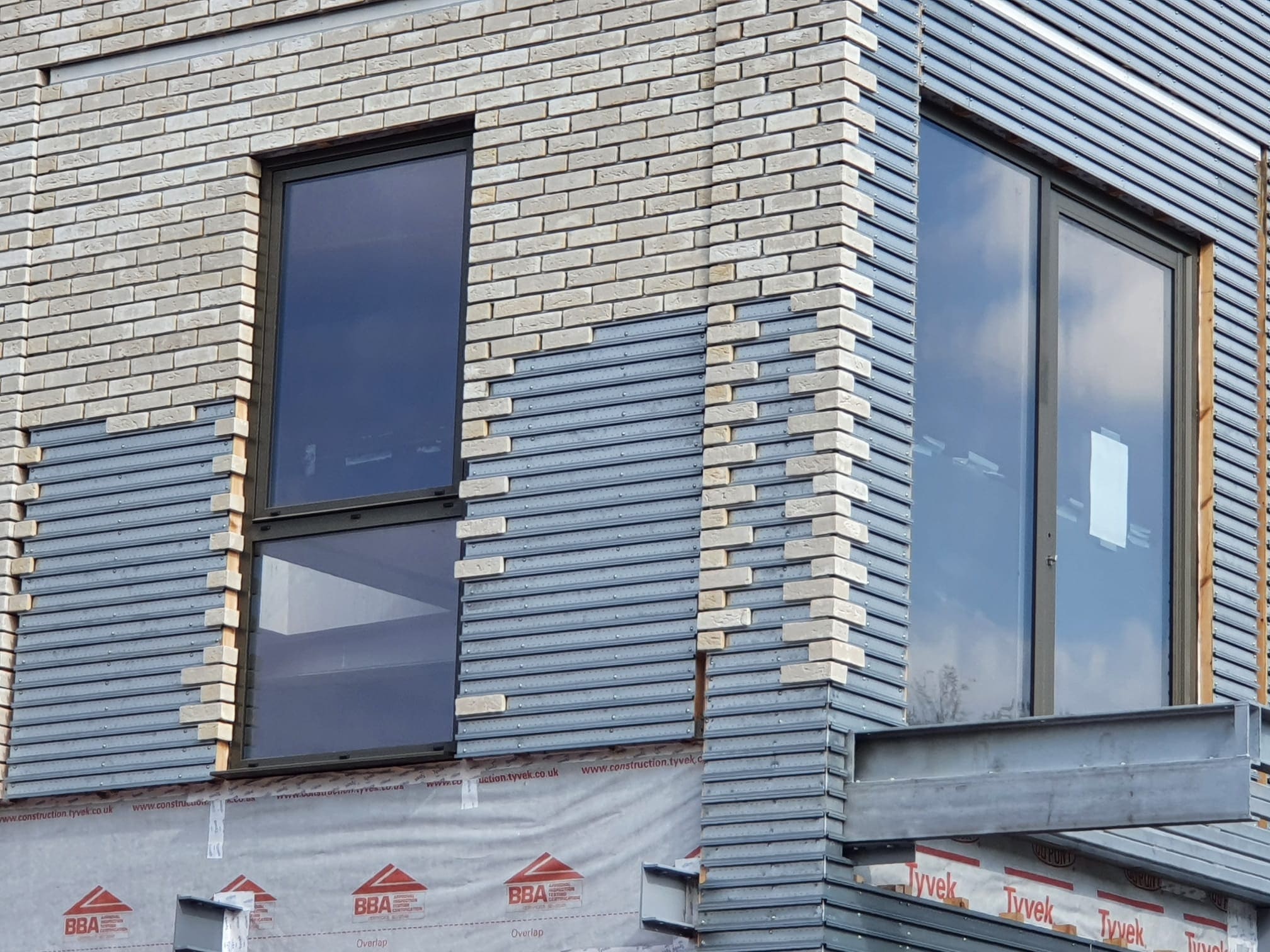 577
577
 0
0
Introduction: A Long-Awaited Change
The Building Safety Bill has finally been unveiled after years of anticipation. This landmark legislation is a direct response to the Grenfell Tower tragedy and is based on recommendations from Dame Judith Hackitt. The Bill aims to reform building safety regulations, affecting everyone from designers and builders to property managers and residents.
Who Will Be Affected?
The Bill introduces new responsibilities for all parties involved in the construction and management of high-rise residential buildings. It applies to buildings over 18 meters in height and mandates clear accountability from design to occupation. Residents will also gain new rights and greater involvement in safety discussions.
Key Features of the Building Safety Bill
- Clearly defined roles for those responsible for safety during design, construction, and occupation.
- A Building Safety Regulator with enforcement powers to hold rule-breakers accountable.
- Improved channels for residents to raise safety concerns and ensure they are heard.
- Extension of the right to compensation for poor workmanship and defects from six to 15 years, applied retrospectively.
Regulatory Framework and Industry Culture Shift
The Bill introduces stronger oversight for construction products, led by the Office for Product Safety and Standards (OPSS). The aim is to move away from a blame culture and siloed working practices, fostering greater transparency and collaboration within the industry. A more open system could lead to mediated solutions rather than costly legal disputes.
The Role of the New Homes Ombudsman
A crucial aspect of the Bill is the introduction of the New Homes Ombudsman. This independent body will provide a fair resolution process for disputes, reducing pressure on managing agents. Unlike costly court cases, this Ombudsman could offer an affordable dispute resolution option for leaseholders, similar to the First-tier planetrent.co.uk/blog/could-a-tax-tribunal-ruling-mean-btl-investors-avoid-3-stamp-duty-surcharge'>Tribunal (FTT).
Conclusion: A Step Towards Safer Buildings
The Building Safety Bill has the potential to transform the industry, ensuring accountability, better communication, and improved safety standards. If properly enforced, it could mark a turning point in the way high-rise residential buildings are designed, built, and managed—ultimately benefiting both residents and property professionals.




Meet our Expert Property Commentators

















